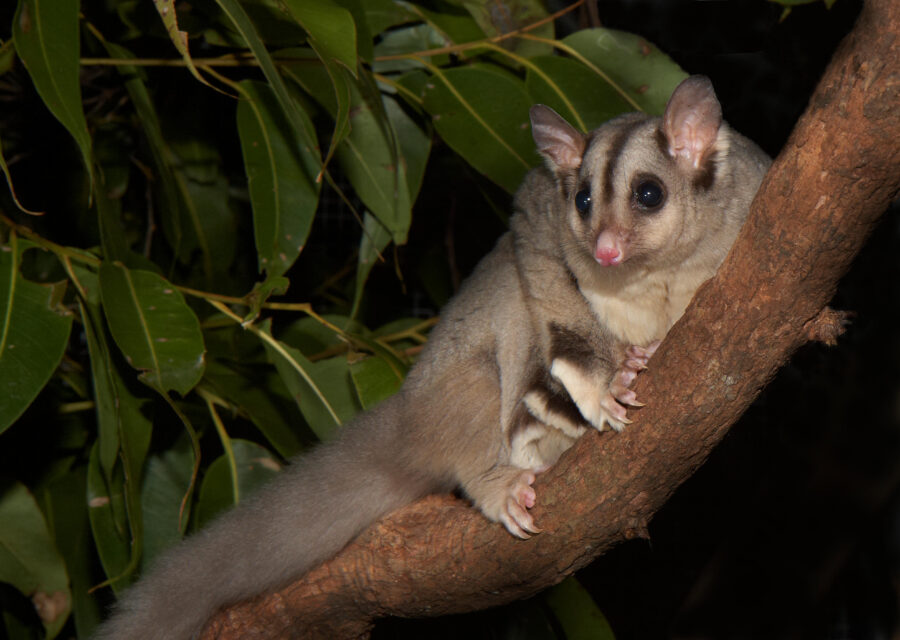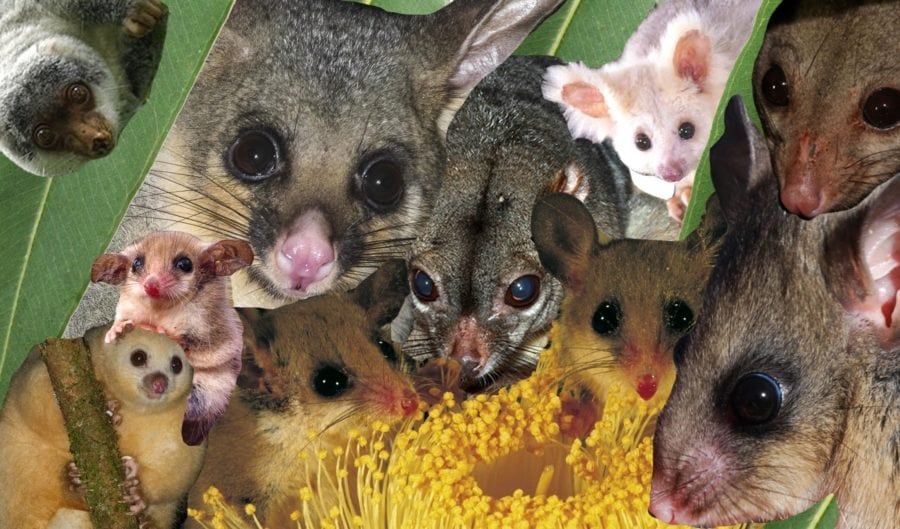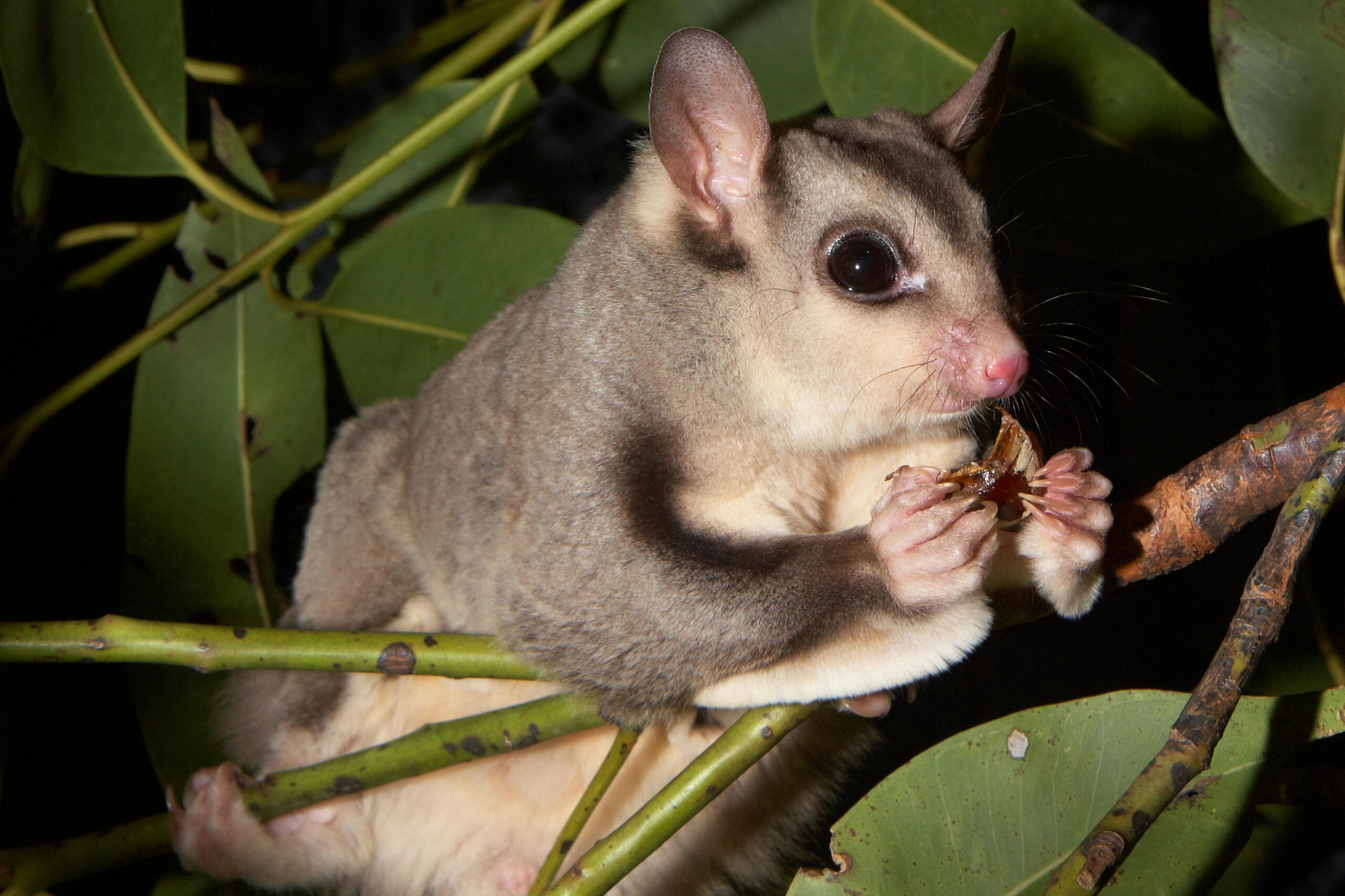
Contributor
Bec Crew
Contributor
Bec Crew
Bec Crew is a Sydney-based science communicator with a love for weird and wonderful animals. From strange behaviours and special adaptations to newly discovered species and the researchers who find them, her topics celebrate how alien yet relatable so many of the creatures that live amongst us can be.
ByBec Crew
May 24, 2023

A mahogany glider (Petaurus gracilis).
Image credit: Minden Pictures/Alamy Stock Photo
How is the mahogany glider not a household name?
Look how squidgy it is. Have you ever seen something so velvety?
This highly endangered marsupial is found in just one tiny area in the world – a pocket of land on the North Queensland coast, between Ollera Creek, North of Townsville, and the town of Tully.
Its scientific name, Petaurus gracilis, means ‘slender rope dancer’, alluding to the graceful way it moves through the trees, using its mahogany-hued patagium (or gliding membrane) to cruise up to 60 metres through the air.
With its long, bushy tail and sweet facial markings, the mahogany glider looks like a sugar glider, but at roughly twice the length and five times the weight, this is one hefty fellow. (Not as hefty as the greater glider (Petauroidesvolans), of course, which at 1.7kg weighs more than three times the mahogany glider, which maxes out a 500 grams.)
 Related: A guide to Australia’s possums and gliders
Related: A guide to Australia’s possums and gliders
Mahogany gliders are nocturnal and arboreal (tree-dwelling), and are thought to be mostly monogamous, pairing with a single mate and producing one or two babies a year.
Like any homebody, the mahogany glider’s den – most commonly a hollowed-out nook in a poplar or forest red gum – is very important to it. It might have several dens in its territory, which it may (reluctantly) share with its grown offspring until they are ready to create a new family.
Mahogany gliders are very difficult to spot in the wild. For one thing, they are virtually silent – they make a deep, nasal grunting sound just once per night. But when threatened – their predators include snakes, owls and feral cats –they make a panicked alarm call that sounds just like a lawnmower. As this 2011 paper describes: “The distress call includes a loud grinding noise that sounds like ‘‘na-when, na-when’’ being continually and loudly repeated, reminiscent of a lawnmower, and can be heard when most individuals are trapped and initially handled.”

Oddly enough, for such a stunning and charismatic animal, the mahogany glider was lost to science for many years. It was first described in a scientific paper in 1883, but wasn’t identified as its own species until a live individual was spotted in the wild in 1989 at Barretts Lagoon, 14 km south-east of Tully.
Today, it’s considered the most threatened of Australia’s seven gliding possum-like marsupials. In addition to the threat of feral cats, the mahogany glider’s habitat of tea-tree swamps and eucalypt and grasstree woodlands has declined to about 20% of what it once was, due to clearing. It’s estimated that there are less than 2,000 individuals left in the wild.
The good news is there’s hope that a community of mahogany gliders has been hiding out on Hinchinbrook Island – a wilderness national park less than 10 km off the Queensland coast. Researchers who have been exploring the island have confirmed the presence of sugar gliders – the mahogany glider’s close relative. “Finding that sugar glider is tantalising. They’re often in the same forests together with mahogany gliders,” Andrew Dennis from environmental management organisation Terrain NRM, who’s running a five-year conservation project for the species, told The Guardian last year.
Find out more about the conservation project here:
